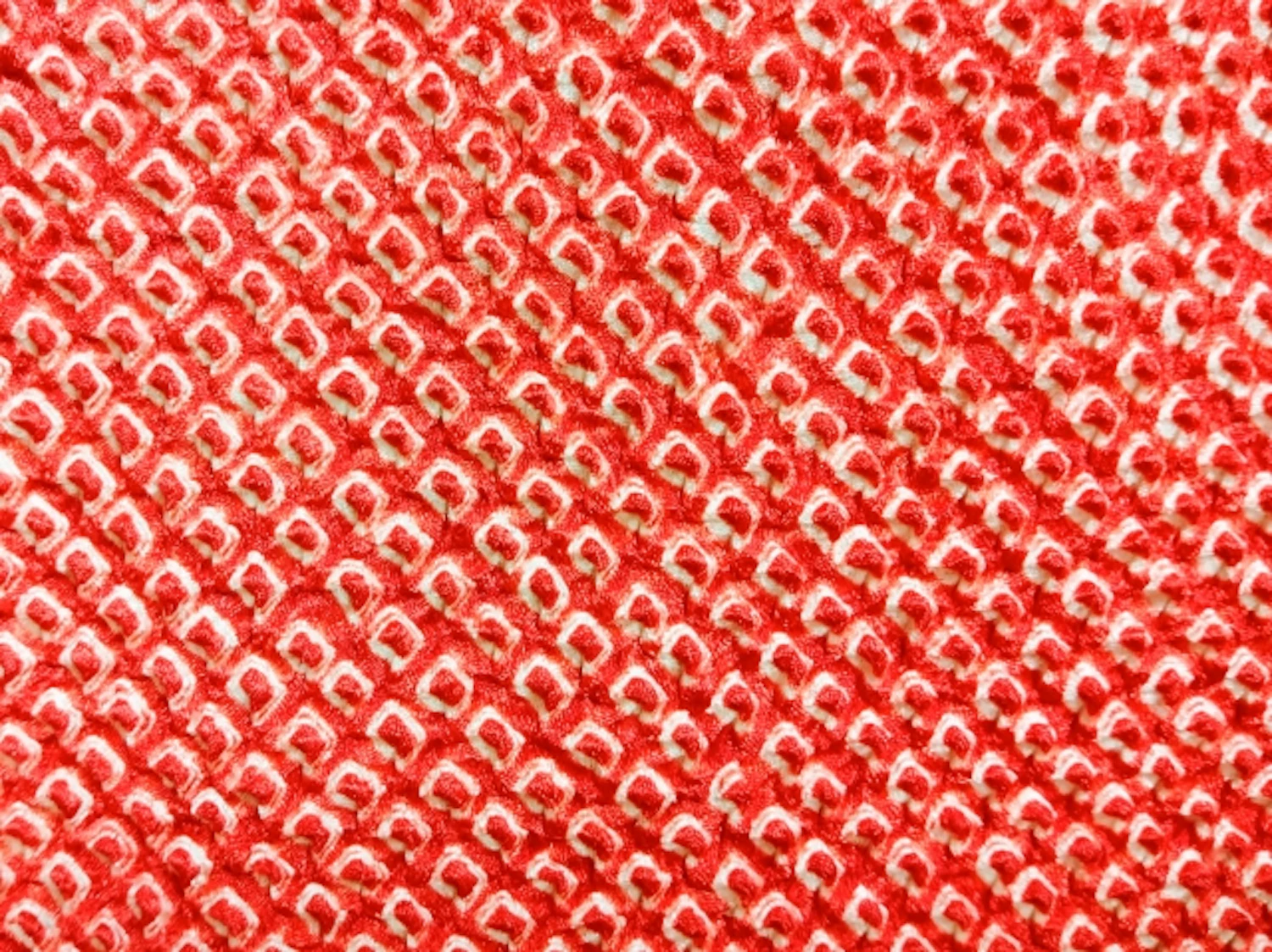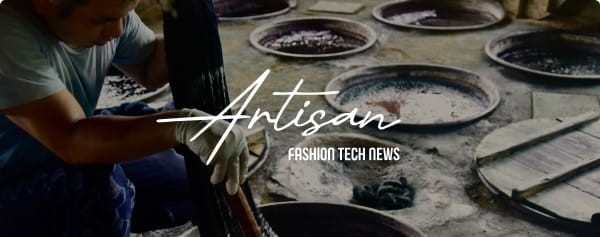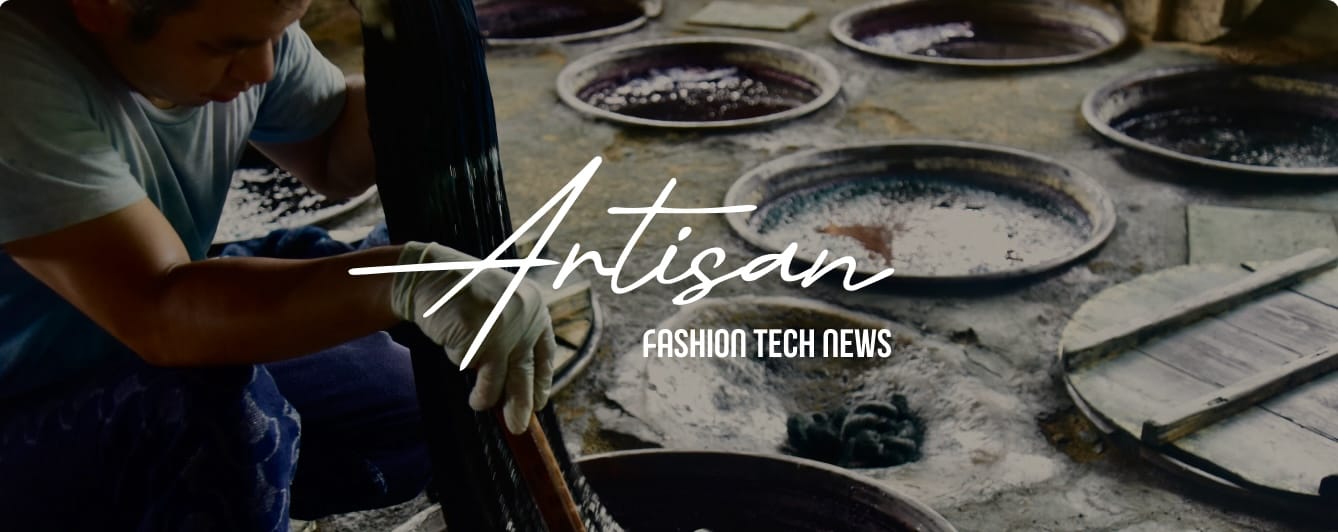2025.10.10FRI
2024.02.01
Relay Column: On Patterns & Techniques in the Small-Sleeved Garments of the Edo Period – Focusing on Deer Spot Tie-Dyeing (Yukino Nouda)

PROFILE
Yukino Nouda
A first-year master's student in the Department of Art Studies at the Graduate School of Fine Arts, Tokyo University of the Arts. Her field of study is the history of crafts, specifically the history of dyeing and weaving. Currently, She is conducting research on yuzen-dyeing kosode patterns.
The kosode is the prototype of the modern 'kimono', named for its narrow sleeve openings. In the Edo period, kosode were worn as outerwear by people of various social statuses. The kosode, being a fashion item, had trends, and the composition of patterns and techniques changed over time. From the perspective of fashion and technology, I would like to discuss the relationship between pattern and technique in kosode.
In this article, I will focus on a technique called shika no ko shibori, or deer spot tie-dyeing. In shika no ko shibori, the fabric is pinched small and tied with thread before being dipped in dye, resulting in a technique where the tied parts remain dyed in a square-shaped granular pattern. The tips of the pinched parts are soaked in the dye, causing only the center of the granules to be dyed in a point-like manner. The name shika no ko shibori originates from its resemblance to the white spots on a fawn's back. Around the granules, 'shibo', or tied wrinkles, can be seen. In the following, I will take up the kosode patterns using shika no ko shibori and examine what role shika no ko shibori plays in kosode patterns.
CONCEPT VIDEO
"fashion tech news" Unveils New Logo & Concept Video
TOP ARTICLES
CONCEPT VIDEO
"fashion tech news" Unveils New Logo & Concept Video
CONTACT
If you have any questions or enquiries, please enter your details in the form below.






.jpg?w=400&fm=webp)

.jpeg?w=400&fm=webp)







.jpg?w=400&fm=webp)
.png?w=400&fm=webp)


